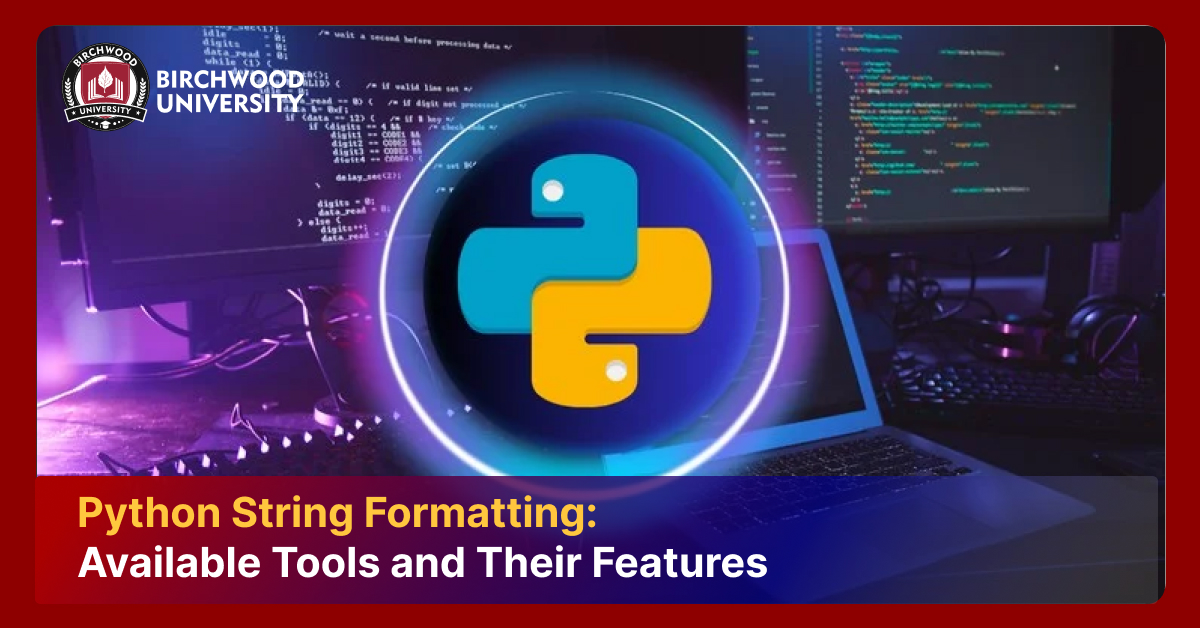Data Science Interview Questions and Answers [2023 Guide]
Mar 16, 2023The difficulty level or the straightforward quality of data science interviews cannot be simply compared with other interviews. As interviews are subjective, one cannot simply decide on their difficulty or ease level. Having a solid understanding of the principles is the key to facing an interview confidently. Let us explore a few of the most relevant data science interview questions for freshers in this post.






